Ligamentotomy is one of the most popular methods of penis extension. Despite the fact that the operation is complicated by the rehabilitation period, it has a fairly high efficiency. After the operation, the phallus increases by 2-5 cm in length. These indicators can be achieved only if the surgeon's recommendations are strictly followed and an extender is constantly worn.
Indications for surgery
The main indication for ligamentotomy is the length of the penis up to 12 cm at full arousal. The most common cause of a small penis is anatomical structure (congenital micropenis). But the operation is performed in other cases:
- reduction in size after injury;
- hypospadias, in which the opening of the urethra is located incorrectly;
- penile curvature (Peyronie's disease);
- epispadias (the upper wall of the urethra is completely or partially divided);
- replacement of cavernous bodies with connective tissue (cavernous fibrosis);
- hereditary diseases - Kallman or Klinefelter syndrome.
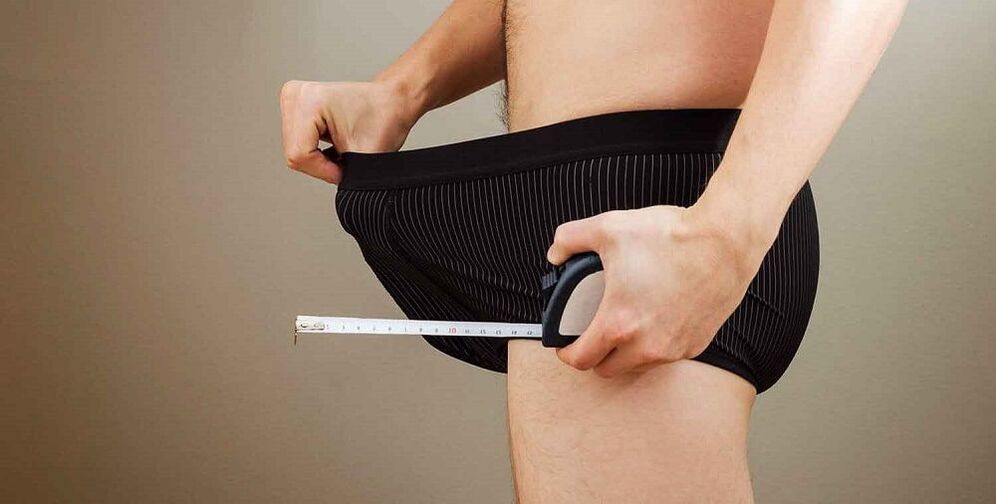
Contraindications for ligamentotomy
- Presence of mental illness at any stage;
- Location of malignant tumor in genital area;
- Presence of uncontrolled hypertension:
- Individual resistance of patients to painkillers, anticoagulants, the presence of allergic reactions to the metal suture, disinfectant solutions;
- Advanced infection of bacterial etiology;
- Inflammatory processes in the genital area;
- The presence of a disease characterized by poor blood clotting;
- Previously transferred operations in this area and genital injuries;
- The presence of sexually transmitted diseases, infectious and inflammatory processes of the lower body.
Preparation for ligamentotomy
The duration of ligamentotomy depends on the method and lasts 20-60 minutes. Before the operation, the man undergoes a standard examination which includes:
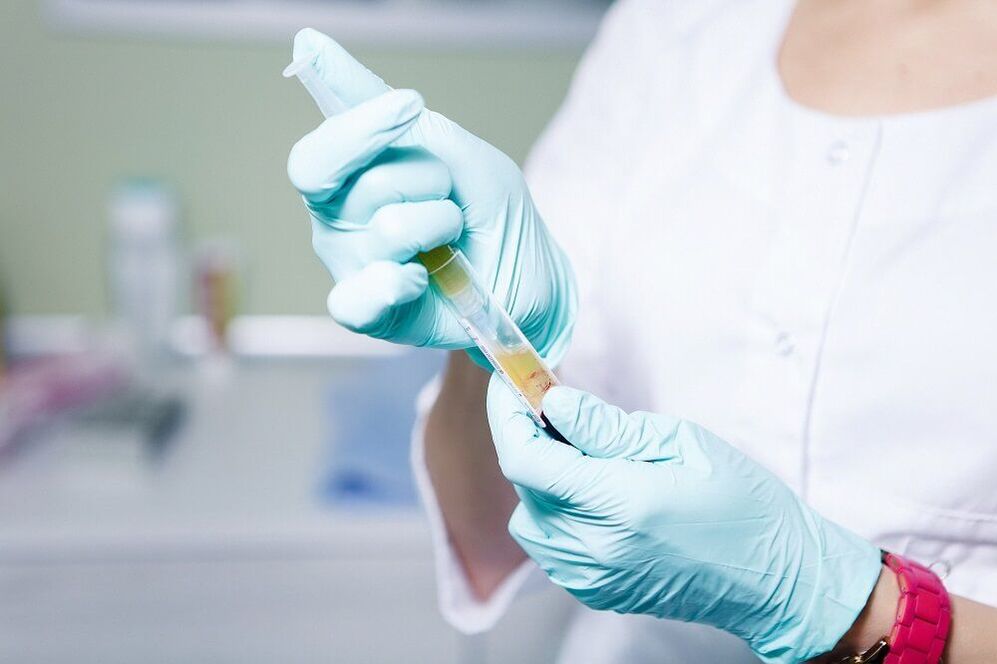
- Consultations with urologist-surgeon and psychiatrist.
- Blood tests (clinical and biochemical).
- General urine analysis.
- Urethral swab.
- Blood test for syphilis, HIV infection and hepatitis.
- Electrocardiogram.
- Fluorography.
- Examination by an anesthesiologist.
Preparation for the operation begins 10 hours before, the patient is recommended not to eat or drink, the inguinal region is shaved.
How is a penis extended by ligamentotomy?
The operation is performed under anesthesia. A skin incision is made in the middle of the scrotum, through which the surgeon gets access to the suspensory ligament of the penis, which is cut with a scalpel. The duration of the operation is 0, 5-1 hour. Resorptive sutures are placed on the skin of the scrotum.
Operation
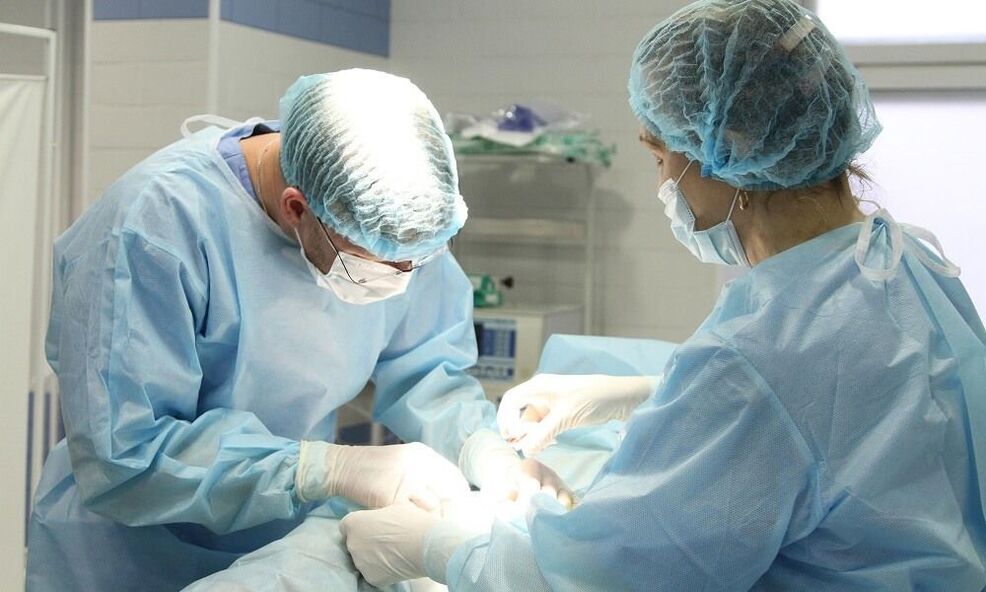
The course of the operation includes several stages:
- the patient is placed on a sterile couch;
- spinal anesthesia is applied; monitor the body's reaction;
- the surgeon makes a small incision;
- probes the ligamentous ligament;
- performs its dissection with a scalpel;
- stretches the penis with slow and careful movements to the maximum length of the ligament (different for each person);
- the incision is sutured; a bandage is placed.
Ligamentotomy can be reported by the standard method, but in modern medicine, another version is used - with the introduction of adipose tissue into the cavity to increase the diameter of the penis. Also, plastic differs in the types of excision - through the scrotum or pubis.
Excision in the scrotal region
This technique is considered the most modern and safest. If they used to open access to the ligament through the pubis, now they do it through the scrotum, which opens up new possibilities:
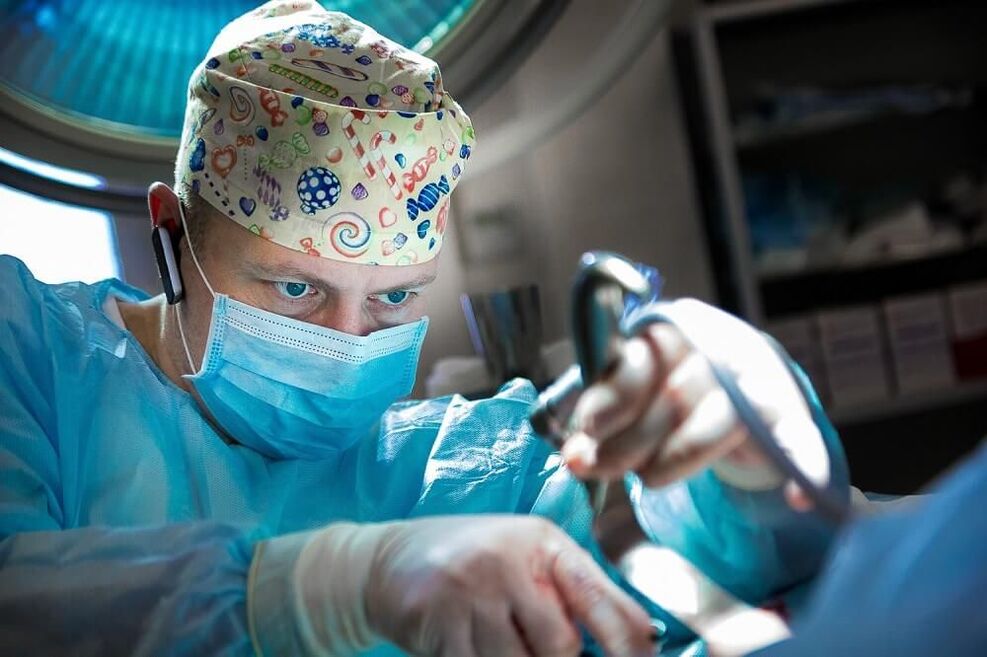
- the operation time is reduced to 10-20 minutes;
- no scar;
- reduced soft tissue trauma;
- it became possible to perform surgical manipulations with a large amount of adipose tissue;
- maximum painlessness after and during surgery.
Characteristics of the procedure:
- the skin is cut in the scrotum (upper part of the seminal vesicle), after which the soft tissues move;
- opens access to the ligament apparatus;
- the belt-like superficial ligament is stopped;
- the supporting ligament is released;
- hemostasis is performed.
During the excision of the scrotum, the surgeon pays attention to the mobilization of the ligaments that are located near the branches of the dorsal vein and the seminal vesicles.
Incision in the pubic region
This is the first method of penis enlargement that has been used. Its characteristic feature is the following:
- excision is done in the pubic area;
- large scars remain;
- high level of soft tissue trauma;
- difficulty working with an overweight patient;
- long period of rehabilitation;
- the scar formed in many cases does not allow the penis to fully move upwards.
Differences in methods
The sensation of pain in these two methods differs: in the first option the exit through the scrotal part is characterized by safety and painlessness for the patient, but certain difficulties for the surgeon. In the second option, it is easier for the doctor to cut the ligament through an incision above the pubic region, but that promises the patient pain.
Plastic surgery is performed under local anesthesia. The duration of the operation is about 50 minutes. Finally, a bandage is placed on the postoperative area. The sutures are removed after 2 weeks.
Rehabilitation after ligamentotomy. Extender
An extender is a device that is a prerequisite after a ligamentotomy, without which there will be no postoperative effect, and the operation will be in vain.
The device must be used for more than 3 months for 4 or more hours a day. It is generally accepted that most extension processes occur from the third to the sixth month.
Results: before and after ligamentotomy
None of the methods can guarantee 100% penis enlargement. Even men who decide to have surgery cannot boast of the result they expected. In most cases, elongation of the penis is observed, but these figures barely reach 2-3 cm. For example, if the length of a man's penis in a normal state barely reaches 12-13 cm, then after the excision of the supporting ligament, it will increase to 4 cm, but that does not mean that this result will be for everyone who performs a ligamentotomy.
In this case, further carrying of the extender plays an important role. If you wear it in strict accordance with the scheme made by the doctor, then the growth of the phallus will be much more noticeable than when you deviate from it. Ligamentotomy, the results of which directly depend on the individual structural characteristics of the penis, is an effective way to increase the axis, but at the same time, the efficiency of the procedure is determined by the patient's patience and diligence. After all, it is difficult to wear an extender every day for many months. Not every person is able to use the device every day.
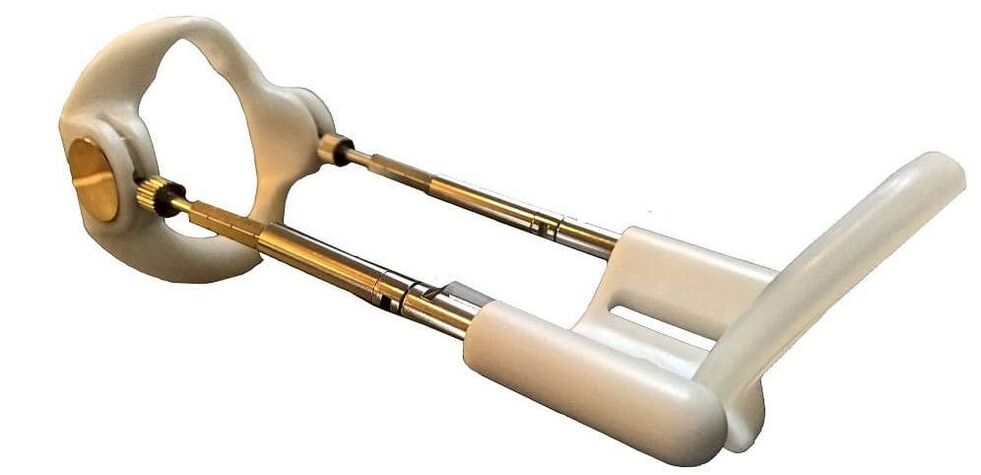
Is ligamentotomy worth it?
So, to work or not to work? Not every man can opt for a ligamentotomy. First, this is a responsible decision, and second, it is quite expensive. On the territory of our country, the cost of ligamentotomy can reach impressive amounts of several tens of thousands of rubles, and such a difference is determined by the qualifications of the plastic surgeon, the rating of the clinic and the price of the extender.
For obvious reasons, any urology center that respects the patient and performs a ligamentotomy provides detailed information about this intimate surgery on the website. Plastic lengthening of the penis by suspension ligament transection is considered a simple and relatively safe operation. But no clinic will give an absolute guarantee. So, the choice is yours - to operate or try to solve the problem not so radically.
How Much Does A Penis Enlargement Cost?
The cost of surgery depends on the qualifications of the operating doctor. You must understand that this does not include consultation with a specialist, his examination, hospital stay, necessary medications, postoperative follow-up.

























